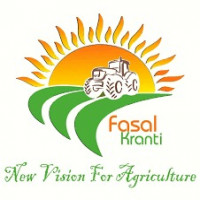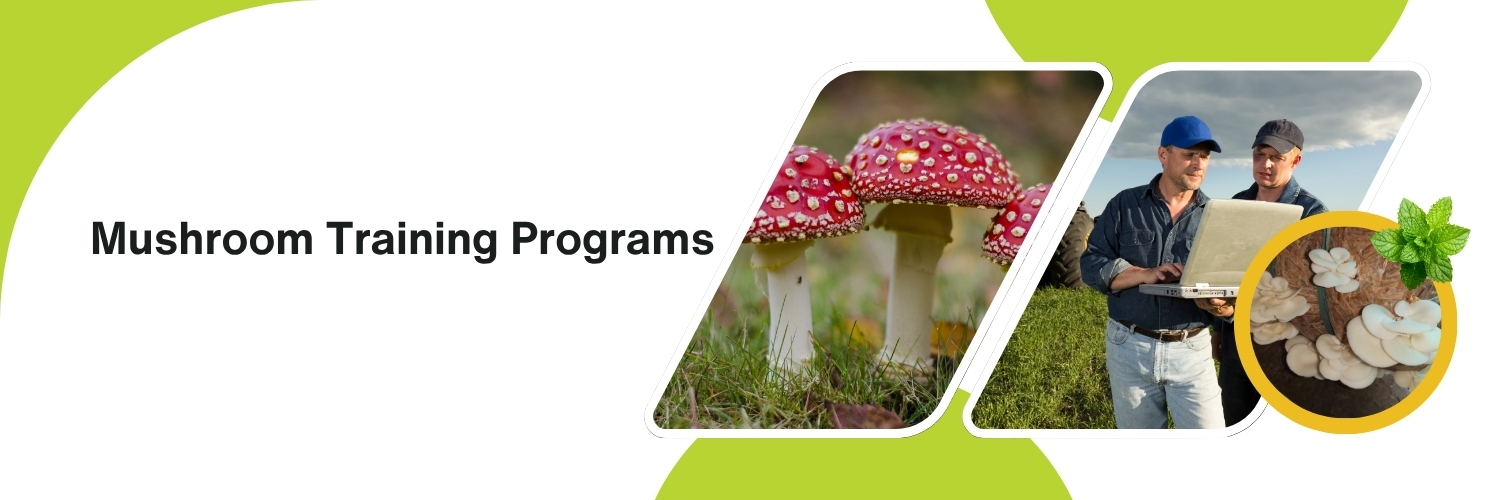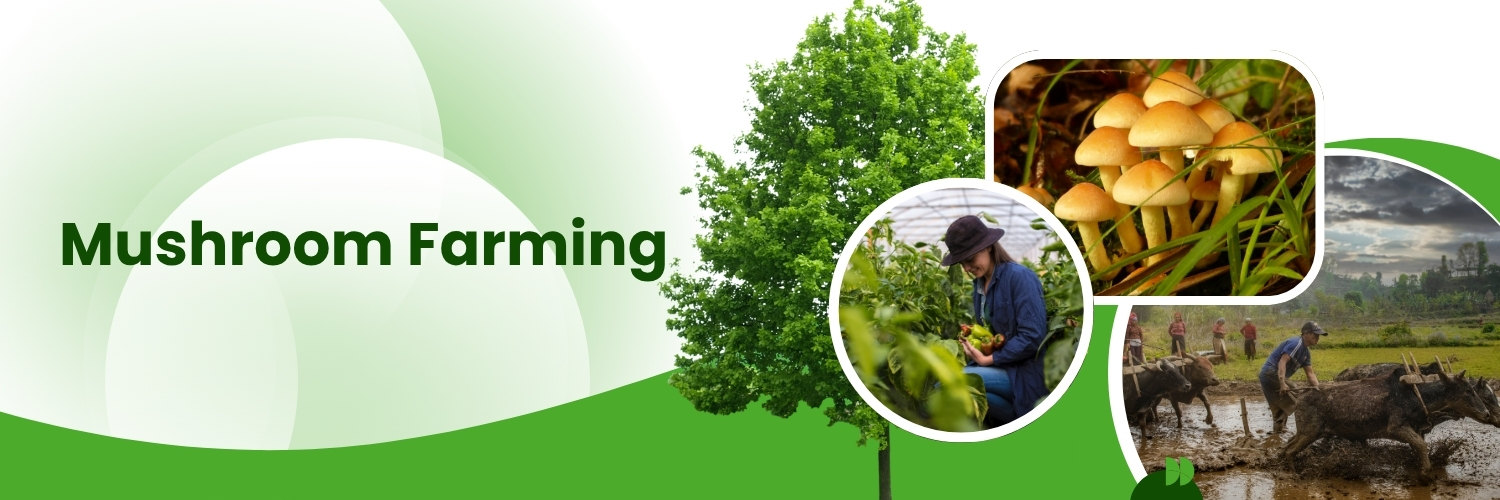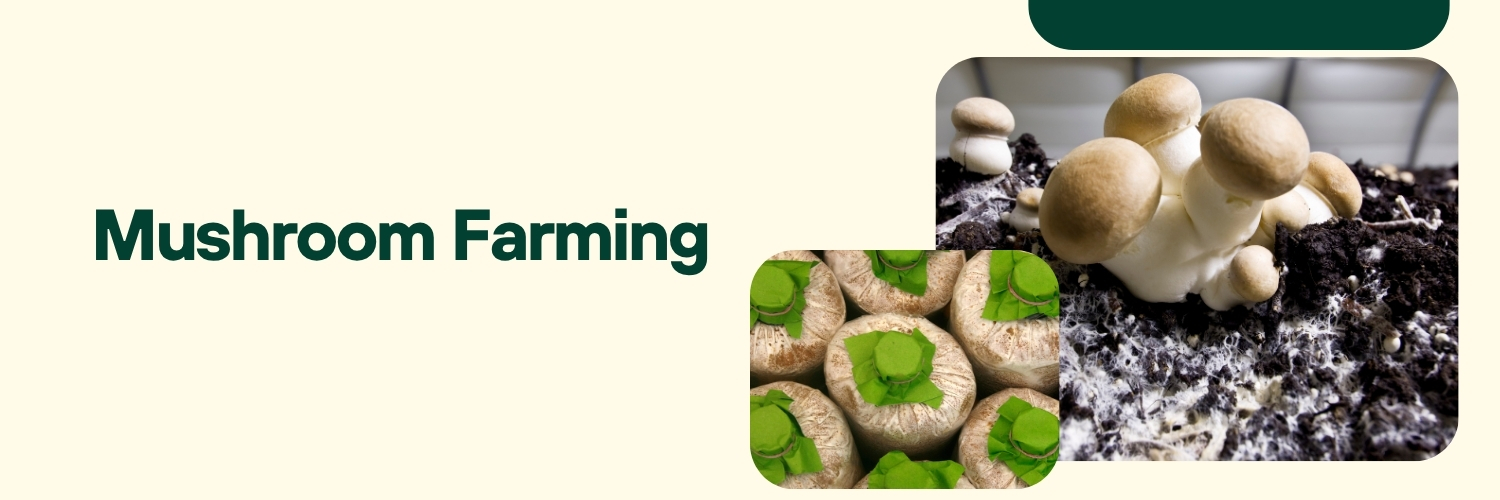Profitable Mushroom Farming: A Guide to Growing Success
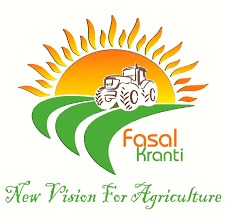
Strong 8k brings an ultra-HD IPTV experience to your living room and your pocket.
Mushroom farming, once considered a niche agricultural activity, has grown into a highly profitable and sustainable business model for many entrepreneurs and farmers across the world. The growing demand for mushrooms in culinary, medicinal, and dietary industries has opened up numerous opportunities for those interested in agribusiness. This guide offers an in-depth overview of profitable mushroom farming, from the basics to advanced techniques that lead to higher yields and better market returns.
What is Mushroom Farming?
Mushrooms are fungi that thrive in moist, dark environments and feed on organic matter. Unlike traditional crops, mushrooms do not require soil or sunlight, making them suitable for indoor cultivation. There are various types of mushrooms that can be farmed, but some of the most commercially viable ones include:
• Oyster mushrooms (Pleurotus ostreatus): Fast-growing and ideal for beginners.
• Button mushrooms (Agaricus bisporus): Highly popular and widely consumed.
• Shiitake mushrooms (Lentinula edodes): Known for their medicinal value and unique flavor.
• Enoki, Reishi, and Maitake mushrooms: Gaining attention for health benefits.
Each variety has different cultivation requirements and market demand, so selecting the right type is essential based on your resources, climate, and target market.
Setting Up a Mushroom Farm
1. Location and Infrastructure: Mushrooms can be grown in a wide variety of spaces – from small sheds to large warehouses. The key requirements for an ideal mushroom cultivation area include:
• A well-ventilated, humid environment.
• Protection from direct sunlight.
• Controlled temperature and humidity.
• Easy access to water and electricity.
Setting up a mushroom growing unit involves creating specific rooms or spaces for spawning, incubation, and fruiting. Maintaining cleanliness and hygiene is vital to avoid contamination and ensure healthy growth.
2. Growing Medium (Substrate): The substrate is the material on which mushrooms grow. Common substrates include straw, sawdust, sugarcane bagasse, cotton waste, or even coffee grounds. The choice of substrate depends on the type of mushroom and local availability.
Before use, the substrate must be sterilized or pasteurized to kill harmful organisms. Once treated, it is inoculated with mushroom spawn (the seed material), mixed thoroughly, and packed into growing containers like plastic bags, trays, or bottles.
3. Spawn and Inoculation: Spawn is the mushroom equivalent of seeds and can be purchased from certified suppliers. High-quality spawn leads to better yields and disease resistance. Once the substrate is prepared and cooled, it is inoculated with the spawn under sterile conditions and kept in dark incubation rooms for mycelium (mushroom root system) development.
4. Fruiting Conditions: Once the substrate is fully colonized by mycelium, the bags or trays are moved to a fruiting room. Here, parameters such as temperature, humidity (80–90%), CO₂ levels, and lighting are carefully controlled. Mist sprays, foggers, or humidifiers can help maintain adequate humidity. Within a few days to weeks, mushrooms start emerging and can be harvested manually with care.
Business Planning and Cost Management
Before launching into mushroom farming, a well-drafted business plan is crucial. It should include:
• Market research: Understanding demand, pricing, and competition.
• Cost estimates: Land or rental cost, infrastructure, raw materials (substrate, spawn, bags), labor, electricity, water, and packaging.
• Projected returns: Yield per square meter, harvest cycles, and selling price.
• Marketing strategy: Sales channels such as local markets, restaurants, grocery stores, or direct-to-consumer models.
Small-scale mushroom farming can start with minimal investment and space, such as 100–200 sq. ft., and be scaled gradually based on returns and demand.
Yield and Profitability
Mushroom farming offers a high return on investment due to its fast crop cycle and low space requirement. For example, oyster mushrooms can be harvested within 3–4 weeks, and a single square meter can yield up to 10 kg of mushrooms per cycle. If sold at a market price of $2–$4 per kg, this can translate into significant monthly revenue even from small operations.
Multiple harvests from the same batch (flushes), minimal input costs, and year-round production further increase profitability.
Challenges in Mushroom Farming
Despite its advantages, mushroom farming is not without challenges:
• Contamination: Poor hygiene or incorrect sterilization can lead to bacterial or fungal contamination.
• Climate control: Temperature and humidity must be maintained precisely, especially in hotter regions.
• Storage and perishability: Mushrooms have a short shelf life. Proper storage or immediate sales are critical.
• Market fluctuations: Prices can vary depending on supply-demand dynamics and local competition.
However, with training, proper planning, and consistent monitoring, these risks can be effectively managed.
Value Addition and Diversification
To increase profitability, mushroom farmers can consider value-added products such as:
• Dried mushrooms: Longer shelf life and high market value.
• Mushroom powder: Used as a seasoning or supplement.
• Pickled or canned mushrooms: For culinary use.
• Mushroom-based snacks: Chips, biscuits, or blends with other healthy ingredients.
Additionally, waste generated from mushroom cultivation, like used substrate, can be turned into organic compost or animal feed, contributing to a circular economy.
Training and Skill Development
Mushroom farming requires both technical knowledge and hands-on experience. Attending workshops, online courses, or government agricultural extension programs can help new farmers acquire skills in:
• Identifying suitable varieties.
• Preparing substrate and spawn.
• Managing growing conditions.
• Diagnosing and managing diseases.
Some governments and NGOs also offer subsidies or startup grants to promote mushroom farming, especially among women and rural entrepreneurs.
Sustainability and Social Impact
Mushroom farming is a sustainable form of agriculture:
• Low water usage: Requires significantly less water than traditional crops.
• No need for chemical fertilizers: Grown on organic waste without synthetic inputs.
• Space-efficient: Can be practiced in urban or peri-urban areas.
• Employment generation: Ideal for small-scale entrepreneurs, women, and youth.
By integrating mushroom farming into broader farming systems, rural communities can boost nutrition, income, and resilience.
Conclusion
Mushroom farming holds immense potential for those looking to start a profitable, sustainable agricultural business. With relatively low startup costs, fast returns, and a growing market, it presents a compelling opportunity in both urban and rural settings. Success in mushroom farming depends on the right mix of technical know-how, environmental control, and market awareness. With dedication and proper management, mushroom farming can indeed become a highly rewarding venture.
Note: IndiBlogHub features both user-submitted and editorial content. We do not verify third-party contributions. Read our Disclaimer and Privacy Policyfor details.

